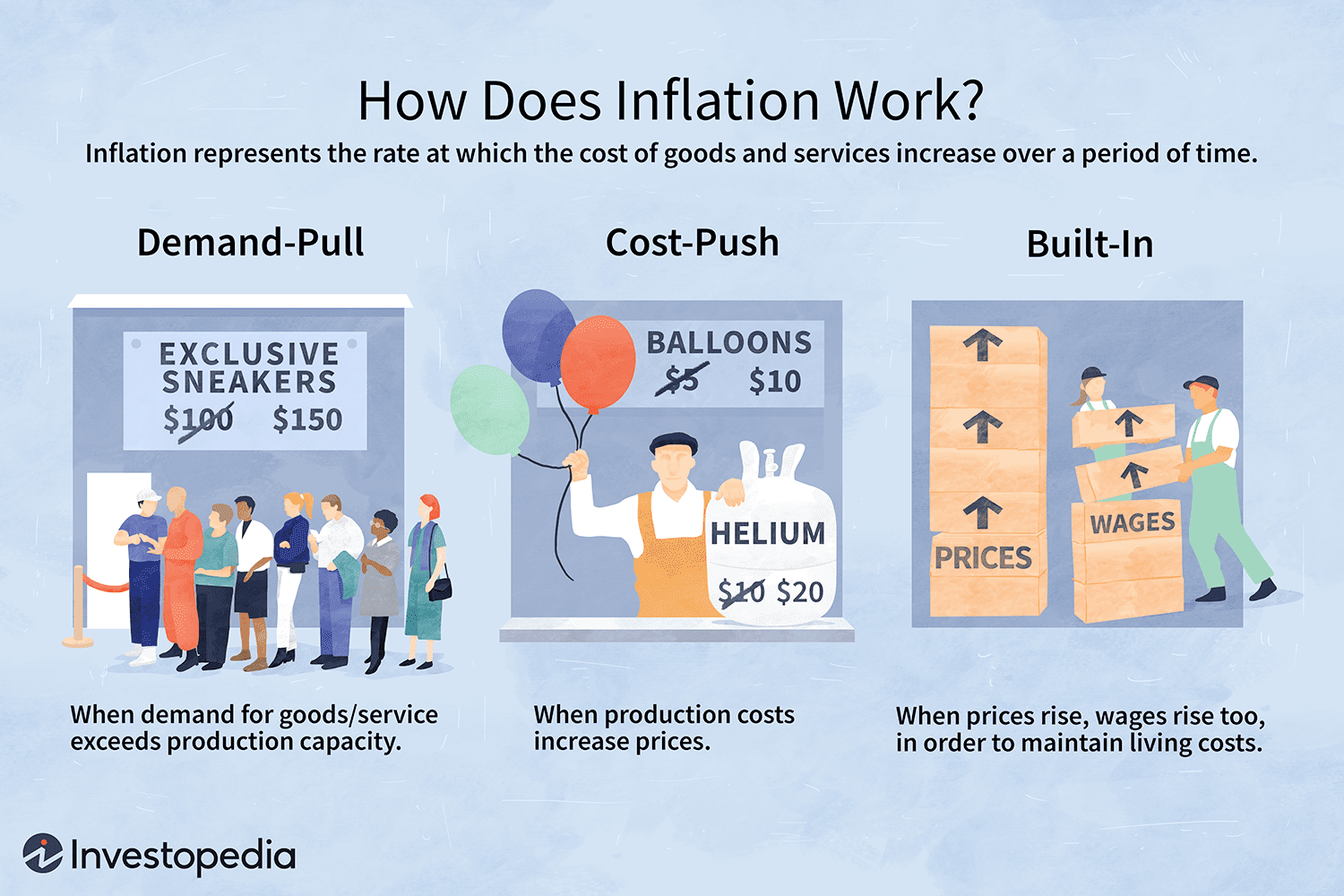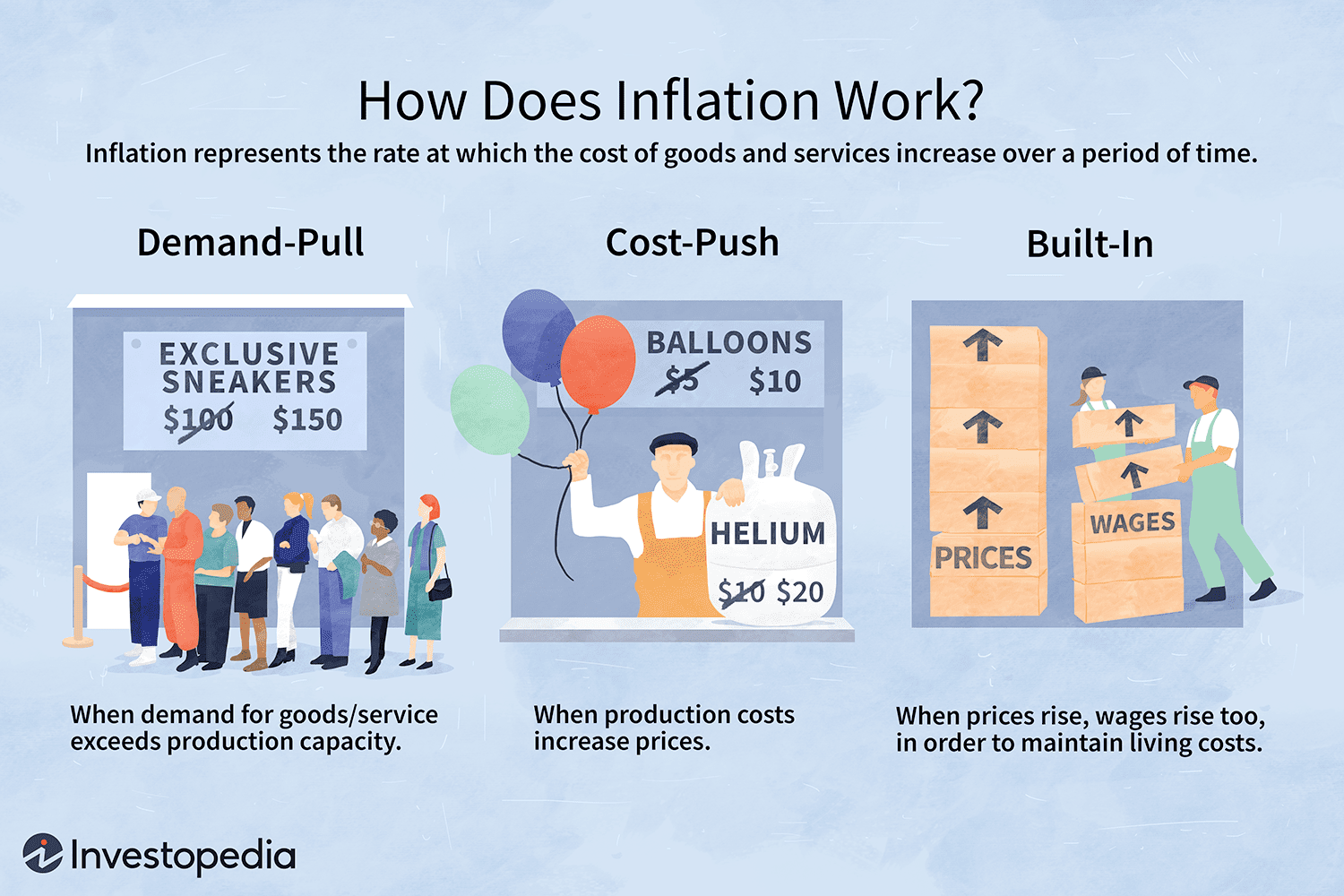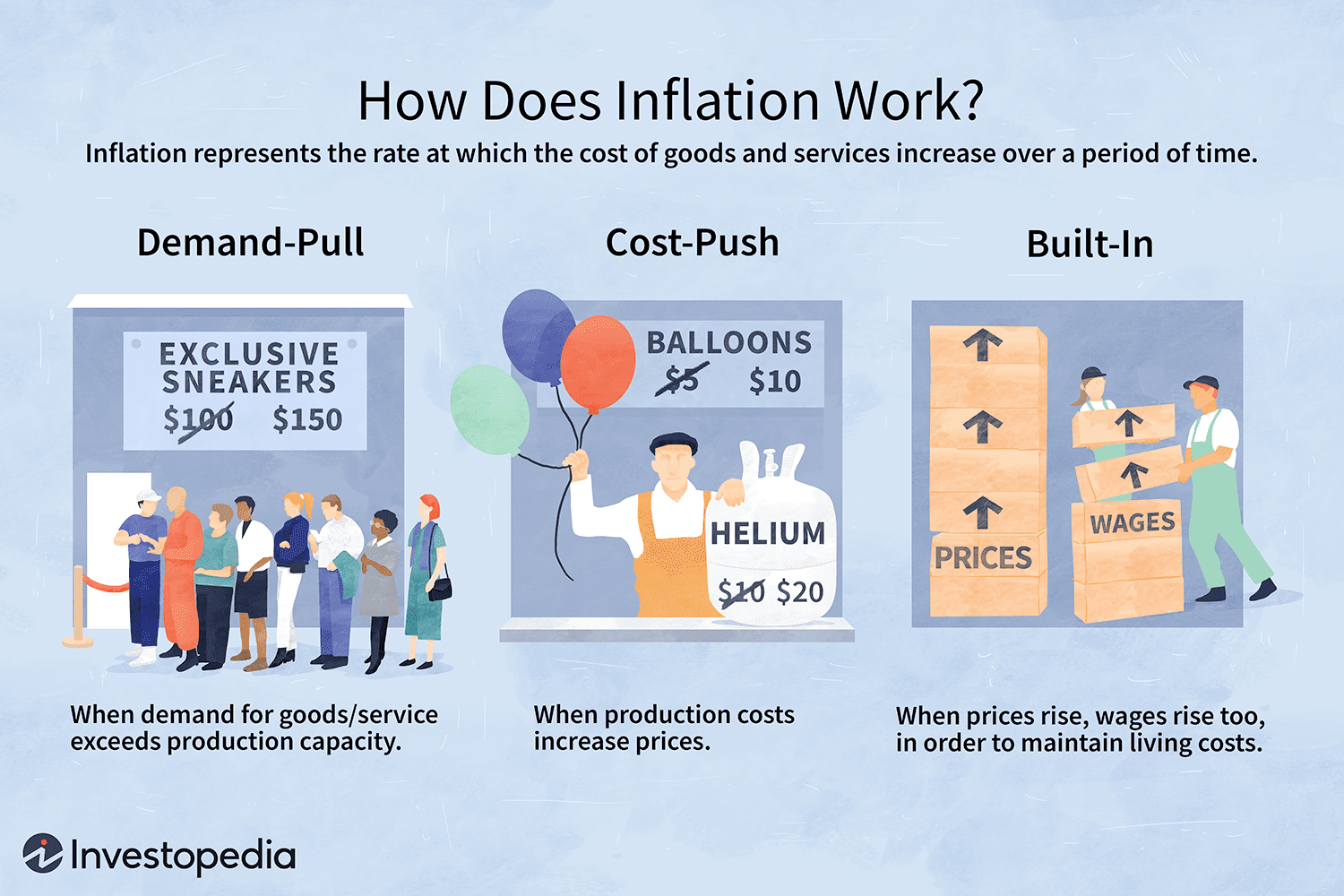UNEMPLOYMENT
0.0(0)
0.0(0)
New
Card Sorting
1/27
Earn XP
Description and Tags
Study Analytics
Name | Mastery | Learn | Test | Matching | Spaced |
|---|
No study sessions yet.
28 Terms
1
New cards
Labor Force
The population 15 years old to 6 who contribute to the production of goods and services in the country
2
New cards
Employed
Consists of persons in the labor force who were reported either as at work or with a job or business.
Persons at work are those who did some work even for an hour during reference period.
Persons at work are those who did some work even for an hour during reference period.
3
New cards
Unemployed
Includes all persons 15 yrs old to 64 yrs old as of their last birthday:
Without work or had no job/business during basic survey reference period
Currently available for work
Seeking for work
Without work or had no job/business during basic survey reference period
Currently available for work
Seeking for work
4
New cards
Underemployed
All employed persons who expressed the desire to have an additional hour of work in their present jog or an additional job
5
New cards
Visibly Underemployed
All employed persons who worked less than 40 hrs during the reference week and wanted an additional hours of work
6
New cards
Experienced Unemployed
All unemployed persons who ever worked at any time since the age of 15 for at least one hour either for pay, for profit or without pay on own family farm or business
7
New cards
Not in the Labor Force
Refers to persons 15 years old and over who are neither employed nor unemployed
8
New cards
Discourage Workers
Refers to all persons without job and are not actively seeking for work because they believe there are no available jobs
9
New cards
Labor Force Participation Rate (LFPR)
Ratio of total labor force;
Economically active 15 yrs old and over to the population 15 yrs old and over.
Economically active 15 yrs old and over to the population 15 yrs old and over.
10
New cards
Employment Rate
Proportion of employed persons to the total labor force
11
New cards
Underemployment Rate
Proportion of employed persons wanting more hours of work to total employed persons
12
New cards
Visible Underemployment
Work less than 40 hrs a week
13
New cards
Invisible Underemployment
Work for 40 hrs or more; Still looking for additional job
14
New cards
Unemployment Rate
Proportion of unemployed persons to the total labor force
15
New cards
Frictional Unemployment
Caused by the time it takes worker to reach for a job; Unavoidable if the supply and demand for labor among firms is changing
16
New cards
Structural Unemployment
Basic structural changes like trends towards traditional agriculture to modern industry.
Transformation of rural sector into urban units
Transformation of rural sector into urban units
17
New cards
Structural Unemployment
Results because the number of job available in some labor markets is insufficient to provide a job for everyone who wants one
18
New cards
Structural Unemployment
Exists when there is a permanent decrease in demand and/or technological change results in lay-off because a business needs fewer individuals
19
New cards
Cyclical Unemployment
Changes in the business cycle
Exists when the economy contracts & people laid off because of insufficient spending
Exists when the economy contracts & people laid off because of insufficient spending
20
New cards
Disguised Unemployment
A situation where the productivity of the working force is very low. The number of workers is more than what is optimally desirable .
21
New cards
Disguised Unemployment
If a small plot of land has a maximum capacity to employ six workers but the actual number of workers attached to land exceeds this limit, some of the workers will be disgustedly unemployed
22
New cards
Seasonal Unemployment
A condition that will exist in such productive activities which can be undertaken only during a specific reason
23
New cards
INFLATION RATE (IR)
Annual rate of change
Yearly change in CPI
Yearly change in CPI

24
New cards
Demand-pull Inflation
Occurs when consumer suddenly or seasonally demand some products. Allowing suppliers to increase prices to maximize their profits.

25
New cards
Cost-pull Inflation
Occurs due to increasing costs of production on the part of the producers
Increased costs may be results of increased wages, price of raw materials or even an increased desire of the firm to earn more profits
Increased costs may be results of increased wages, price of raw materials or even an increased desire of the firm to earn more profits

26
New cards
Deflation
Occurs when prices are observably declining over time. Opposite of inflation
27
New cards
Deflation
A decrease in the general price level. A rise in the purchasing power of money.
28
New cards
Disinflation
Refers to the decreasing rate of inflation the general level of prices is increasing at a decreasing rate